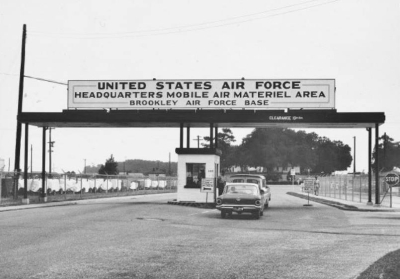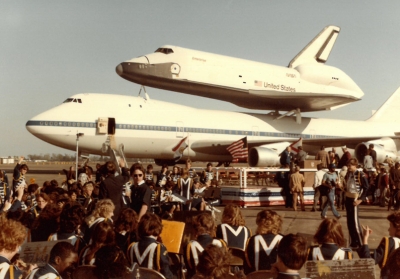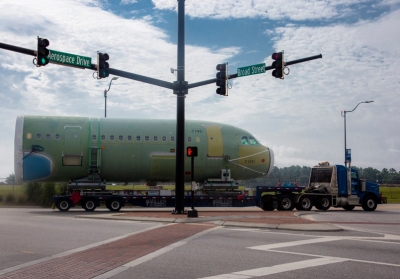History
Brookley Field History
 In the late 19th century, the seeds of aviation were planted in Mobile by John Fowler, a visionary who crafted one of the first "flying machines" from his backyard workshop. His groundbreaking flight in 1893 captivated the public and set a precedent for aviation pursuits in the region. This spirit of innovation continued to thrive at Monroe Park, where Mobile's community gathered to witness the thrilling advancements of pioneers like Fowler and later, famed aviators such as Charles Lindbergh and Amelia Earhart.
In the late 19th century, the seeds of aviation were planted in Mobile by John Fowler, a visionary who crafted one of the first "flying machines" from his backyard workshop. His groundbreaking flight in 1893 captivated the public and set a precedent for aviation pursuits in the region. This spirit of innovation continued to thrive at Monroe Park, where Mobile's community gathered to witness the thrilling advancements of pioneers like Fowler and later, famed aviators such as Charles Lindbergh and Amelia Earhart.
By the 1930s, the strategic importance of Mobile’s geographic location was recognized, leading to the establishment of the Brookley Army Air Field, later renamed Brookley Air Force Base. This site played a critical role during World War II, serving as a major repair and overhaul base and as a launching point for the U.S. Army’s air operations. Post-war, Brookley evolved into a hub for both military and commercial aviation activities, significantly influencing the local economy and workforce.
 The closure of Brookley Air Force Base in 1969 marked a pivotal moment for Mobile, prompting a reevaluation of the area’s aviation assets and potential. This led to the creation of the Mobile Airport Authority in 1980, tasked with overseeing the transformation of the former military base into a vibrant civilian aerospace complex.
The closure of Brookley Air Force Base in 1969 marked a pivotal moment for Mobile, prompting a reevaluation of the area’s aviation assets and potential. This led to the creation of the Mobile Airport Authority in 1980, tasked with overseeing the transformation of the former military base into a vibrant civilian aerospace complex.
The 1980s and 1990s witnessed a resurgence in Mobile’s aerospace ambitions, culminating in the selection of the Mobile Aeroplex at Brookley as the site for significant aerospace projects, including Airbus’ first U.S. assembly line announced in 2012. This development heralded a new era for Mobile as a key player in the global aerospace industry.
In 2018, the Mobile Airport Authority began renovating an underutilized building into a low-cost passenger terminal at the Mobile Downtown Airport. In 2021, the Authority renamed it Mobile International Airport, reflecting the airport’s evolving role.
New Horizons
As we approach 2025, the construction of the new terminal at Mobile International Airport represents the next chapter in Mobile’s storied aviation history. Set against the backdrop of a comprehensive 20-year Master Plan initiated from a 2018 Feasibility Study, this project aims to centralize commercial air services just minutes from downtown Mobile. With an initial capacity of five gates and the potential to expand to 12, the new terminal, strategically located near Interstate 10, is designed to enhance accessibility and improve the passenger experience.
 Upon completion, Mobile International Airport’s new terminal will not only meet the growing demand for efficient and modern air travel but will also stand as a testament to Mobile’s enduring commitment to innovation and excellence in aviation. The airport’s new central location is poised to attract more residents from both sides of Mobile Bay.
Upon completion, Mobile International Airport’s new terminal will not only meet the growing demand for efficient and modern air travel but will also stand as a testament to Mobile’s enduring commitment to innovation and excellence in aviation. The airport’s new central location is poised to attract more residents from both sides of Mobile Bay.
Mobile is steadily gaining recognition as a premier aviation hub. The new terminal and parking garage at Mobile International Airport will redefine the gateway to the Alabama Gulf Coast, welcoming travelers with modern amenities and a streamlined travel experience.